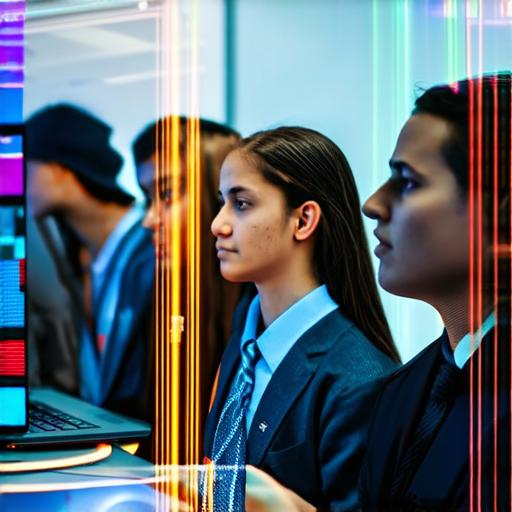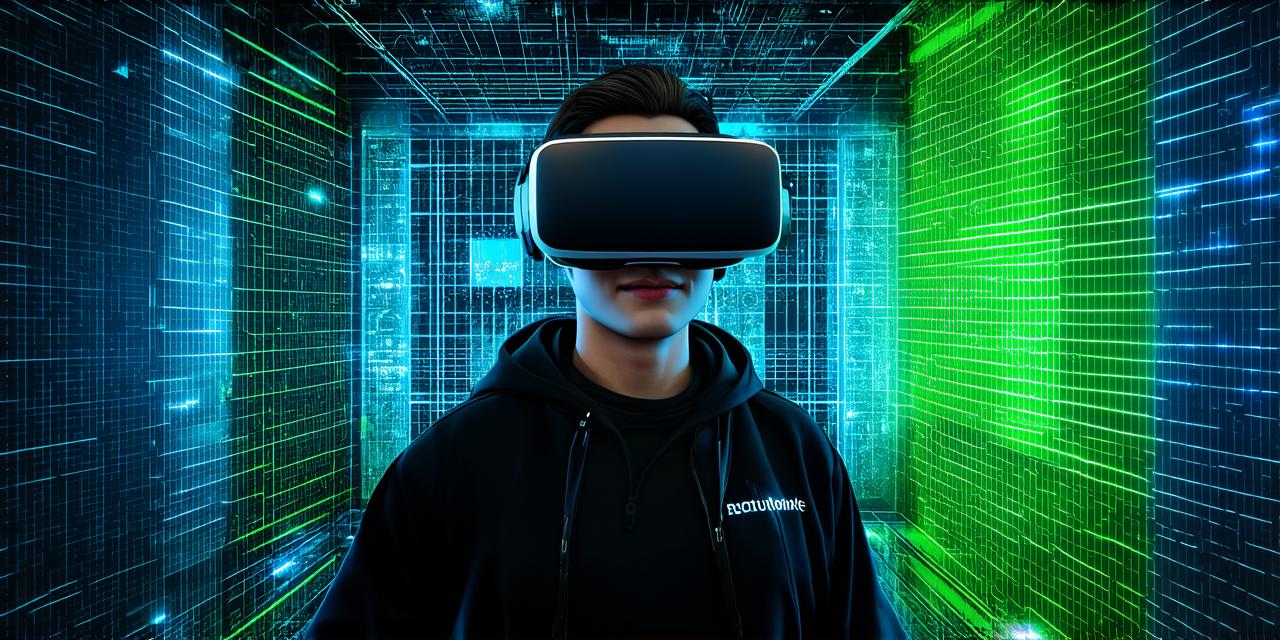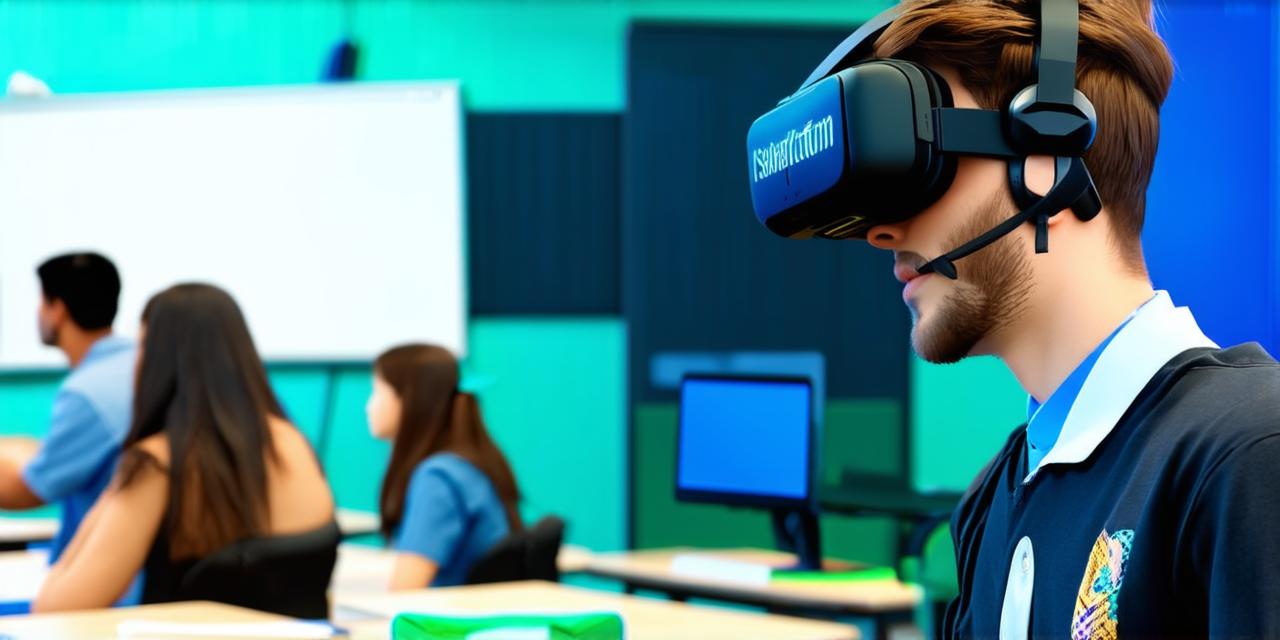
Why is virtual simulation important in education?
Virtual simulation has become increasingly important in education due to its ability to provide students with hands-on experience and practical application of concepts. It allows students to explore new ideas and concepts in a safe and controlled environment, without any real-world consequences. In this article, we will discuss the reasons why virtual simulation is important in education.
Table of Contents
Toggle1. Immersive Learning Experience
Virtual simulations offer an immersive learning experience that can help students understand complex concepts more easily. By simulating real-life situations, students can practice and apply their knowledge in a controlled environment, which allows them to gain a deeper understanding of the subject matter. For example, medical students can use virtual reality to simulate surgeries and other medical procedures, while engineering students can simulate building designs and test different materials and structures.
2. Risk-Free Environment
Virtual simulations provide a risk-free environment for students to experiment and learn without any real-world consequences. This is especially important for subjects that require hands-on experience, such as chemistry or biology. Students can safely conduct experiments and test hypotheses without the risk of injury or damage to equipment. This allows them to develop critical thinking skills and confidence in their abilities.

3. Cost-Effective
Virtual simulations are often more cost-effective than traditional methods of learning. They do not require expensive equipment, materials, or facilities, which can make education more accessible and affordable for students. Additionally, virtual simulations can be accessed remotely, allowing students to learn from anywhere in the world.
4. Collaboration and Communication
Virtual simulations often allow for collaboration and communication among students and teachers. Students can work together on projects and share their knowledge with one another, while teachers can monitor progress and provide guidance as needed. This fosters teamwork, problem-solving, and critical thinking skills.
5. Personalized Learning
Virtual simulations can be customized to meet the needs of individual students. Teachers can adjust the difficulty level and pace of the simulation to match the abilities of each student, allowing for personalized learning experiences. This is especially important for students who may require additional support or challenge in their studies.
In conclusion, virtual simulation has become an essential tool in modern education due to its ability to provide immersive learning experiences, risk-free environments, cost-effectiveness, collaboration and communication opportunities, and personalized learning experiences. As technology continues to advance, virtual simulations will likely play an even more important role in shaping the future of education.

